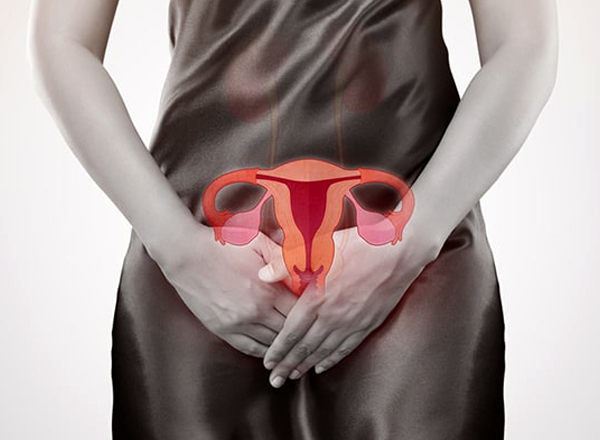
Uterine prolapse occurs when the uterus descends or slips into the vaginal canal due to weakened pelvic floor muscles and supporting tissues. This condition is more common in women who have experienced multiple pregnancies, childbirth, or hormonal changes associated with menopause. Other factors contributing to uterine prolapse include aging, obesity, chronic coughing, and heavy lifting.
-
Symptoms of Uterine Prolapse:
-
Feeling of Fullness or Pressure in the Pelvic Area: Women with uterine prolapse may describe a sensation of something coming down or a feeling of fullness in the pelvic region.
-
Backache or Pelvic Pain: Discomfort or pain in the lower back or pelvis can be associated with uterine prolapse.
-
Protrusion from the Vaginal Opening: In severe cases, the cervix or the uterus itself may protrude through the vaginal opening.
-
Difficulty with Sexual Intercourse: Some women may experience discomfort or pain during sexual intercourse.
-
-
Treatment Options:
-
Pelvic Floor Exercises (Kegels): Strengthening the pelvic floor muscles through Kegel exercises can help improve support for the uterus.
-
Pelvic Physiotherapy: Working with a pelvic floor physical therapist can provide targeted exercises and strategies to strengthen pelvic muscles.
-
Pessary: A pessary is a device inserted into the vagina to provide support for the prolapsed uterus. It's a non-surgical option that can help manage symptoms.
-
Hormone Replacement Therapy (HRT): For postmenopausal women, hormone replacement therapy may be considered to improve the strength and elasticity of the vaginal tissues.
-
Surgery: In more severe cases or when conservative measures are not effective, surgical options may be recommended. This can include procedures like a hysterectomy (removal of the uterus) or repairs to the pelvic floor.
-
The appropriate treatment depends on the severity of the prolapse, the impact on the individual's quality of life, and their overall health. It's important for women experiencing symptoms of uterine prolapse to consult with a healthcare provider. They can perform a pelvic examination, discuss symptoms, and recommend appropriate treatment options based on the individual's specific situation.
Preventive measures, such as maintaining a healthy weight, practicing pelvic floor exercises, and avoiding heavy lifting, can contribute to reducing the risk of uterine prolapse. Regular gynecological check-ups also allow healthcare providers to monitor pelvic health and address any concerns early on.
